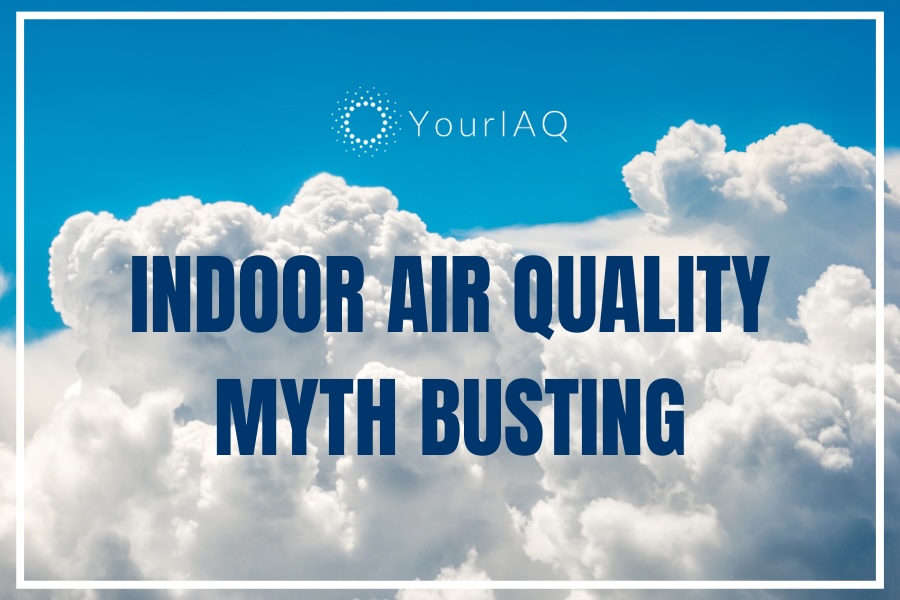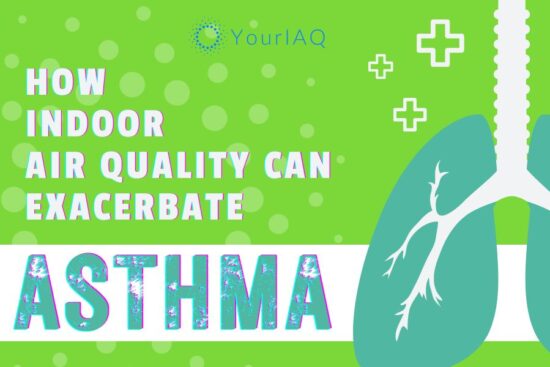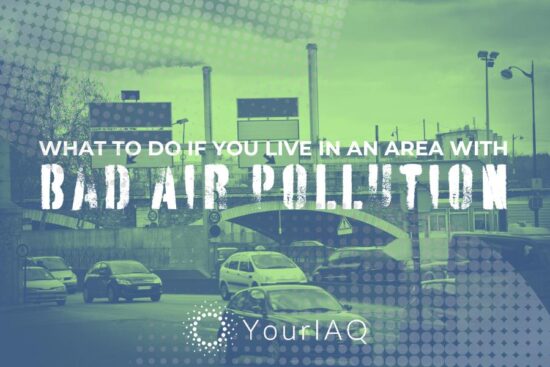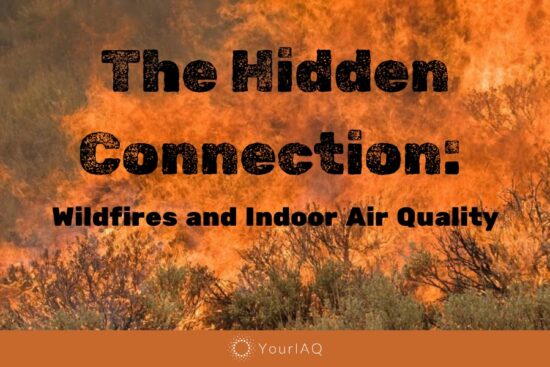
As indoor air quality (IAQ) becomes an increasingly popular area of focus for home health and safety, myths and misconceptions abound. Here we present 12 indoor air quality facts that dispel the most common myths.
IAQ Mythbusting: Myth Vs. Fact
(Click infographic to enlarge.)
Share this Image On Your Site
13 Common Indoor Air Quality Myths
- Indoor air is always cleaner than outdoor air.
- Opening windows will improve indoor air quality by letting in clean air.
- Air purifiers are unnecessary if you have good ventilation.
- Strategically placing plants indoors completely purifies air naturally.
- All air fresheners and scented products are safe for your indoor air.
- Mold is harmless as long as it’s not visible.
- Indoor air quality isn’t a concern in modern, well-sealed buildings.
- Allergies are only triggered by allergens and air particles coming from outside.
- Indoor air quality only affects your respiratory health.
- Most indoor air pollutants are easy to detect by smell alone.
- Using an exhaust fan in the bathroom or kitchen is sufficient for ventilation.
- High quality air filters in HVAC systems never need to be replaced.
- UV germicidal lamps are a comprehensive solution for air purification.
13 Indoor Air Quality Facts
- Indoor air is often more polluted than outdoor air due to dust, pet dander, VOC, and inadequate ventilation.
- Opening windows can help but also introduces allergens and external pollutants. Ventilation strategies should be tailored to specific conditions.
- Air purifiers complement ventilation by removing indoor pollutants like allergens, smoke, and VOCs.
- While plants help improve air quality, they are not a standalone solution for air purification. Air purifiers and ventilation are more effective.
- Many VOCs, which can come from cleaning products, negatively impact indoor air quality. Use natural or fragrance-free alternatives.
- Even in hidden places, mold can release spores into the air that are unhealthy to breathe.
- Well-sealed buildings may trap pollutants indoors, making indoor air quality a significant concern.
- Indoor allergens like dust, pet dander, and mold can be major triggers for allergies and asthma.
- Poor indoor air quality can create a range of health issues, including headaches, fatigue, and cognitive problems.
- Many dangerous indoor pollutants are odorless, including carbon monoxide and radon.
- While exhaust fans help, they may not provide adequate ventilation in larger or tightly sealed spaces.
- HVAC filters should be replaced regularly to maintain efficient air circulation and remove particles from the air.
- UV lamps can be effective in killing some germs, but their efficacy depends on the design and placement.
References
| Topic | Citation | Source |
|---|---|---|
| Indoor vs. Outdoor Air Quality | U.S. Environmental Protection Agency (EPA). (2021). “Indoor Air Quality.” | EPA website |
| World Health Organization (WHO). (2018). “Household air pollution and health.” | WHO website | |
| Opening Windows for Ventilation | Allen, J. G., & Macomber, J. D. (2020). “Healthy Buildings: How Indoor Spaces Drive Performance and Productivity.” Harvard University Press. | – |
| Air Purifiers and Ventilation | U.S. EPA. “Guide to Air Cleaners in the Home.” 2nd edition. | EPA Publication |
| Safety of Air Fresheners and Scented Products | Steinemann, A. (2016). “Fragranced consumer products: exposures and effects from emissions.” Air Quality, Atmosphere & Health, 9(8), 861-866. | – |
| Mold and Health | U.S. Centers for Disease Control and Prevention (CDC). “Facts about Mold and Dampness.” | CDC website |
| Indoor Air in Well-Sealed Buildings | U.S. Department of Energy. “Energy Saver: Tips on Saving Money and Energy at Home.” | Energy.gov |
| Allergens and Indoor Air Quality | American Lung Association. “Indoor Air Quality.” | Lung.org |
| Health Effects of Indoor Air Quality | Fisk, W. J. (2017). “The health benefits of particle filtration.” Indoor Air, 27(3), 603-612. | – |
| Detection of Indoor Air Pollutants | Nazaroff, W. W., & Weschler, C. J. (2004). “Cleaning products and air fresheners: exposure to primary and secondary air pollutants.” Atmospheric Environment, 38(18), 2841-2865. | – |
| Exhaust Fans and Ventilation | U.S. EPA. “Ventilation and Air Quality in Offices.” | EPA website |
| Air Filters and HVAC Systems | U.S. EPA. “Residential Air Cleaners – A Technical Summary.” | EPA Document |
| UV Germicidal Lamps | Kowalski, W. J., Bahnfleth, W. P., & Witham, D. L. (2000). “Modeling of ultraviolet germicidal irradiation systems.” Journal of the Illuminating Engineering Society, 29(2), 70-80. | – |







